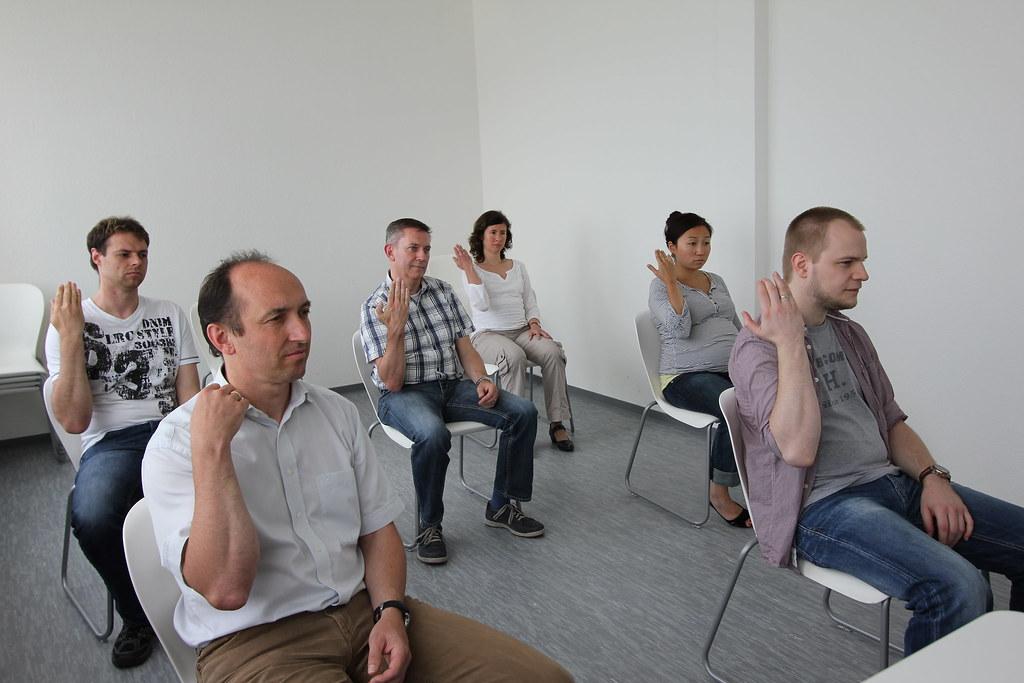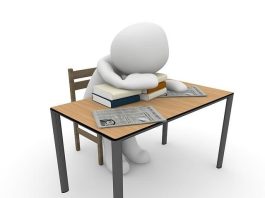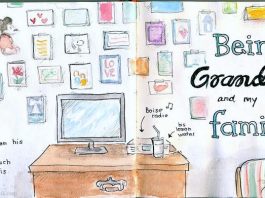In today’s fast-paced world, stress and tension have become almost inevitable companions in our daily lives. Whether it’s the pressure of work, personal commitments, or the constant barrage of information, our bodies often bear the brunt of this accumulated stress. Progressive Muscle Relaxation (PMR) offers a beacon of relief, providing a simple yet effective way to unwind and restore a sense of calm. In this article, we’ll explore some of the best tips for mastering PMR, guiding you through techniques that can help release tension and promote relaxation. With empathy and understanding, we aim to support you on your journey to a more relaxed and balanced state of being, offering practical advice tailored to fit seamlessly into your routine. Let’s embark on this path to tranquility together, step by step.
Understanding the Basics of Progressive Muscle Relaxation
Progressive Muscle Relaxation (PMR) is a technique that involves systematically tensing and relaxing different muscle groups in the body. This method is designed to help you become more aware of physical sensations and promote a state of deep relaxation. Whether you’re new to PMR or looking to refine your technique, understanding its core components can significantly enhance its benefits.
- Start Small: Begin by focusing on a few muscle groups at a time, such as your hands, arms, and shoulders. Gradually work your way through the entire body as you become more comfortable.
- Focus on Breathing: Incorporate deep, slow breaths to accompany the tension and release of each muscle group. This not only aids relaxation but also helps to oxygenate your muscles.
- Practice Consistency: Aim to practice PMR at the same time each day. Consistency helps your body learn the relaxation response more effectively.
| Muscle Group | Action |
|---|---|
| Forehead | Raise your eyebrows, then release. |
| Shoulders | Shrug up towards your ears, then let go. |
| Feet | Point your toes down, then relax. |
Embrace PMR with an open mind and patience. Each session will deepen your connection with your body, revealing areas of tension you might not have noticed before. This practice can become a powerful tool in your stress-relief toolkit, promoting both physical and mental tranquility.

Creating a Comfortable Environment for Relaxation
Transforming your space into a haven for relaxation involves attention to both physical and sensory elements. Start by ensuring your environment is free from distractions and clutter. A clean and organized space can significantly enhance your ability to relax. Consider using soft lighting to create a calming ambiance. Lamps with dimmers or the gentle flicker of candles can soften the atmosphere and help you unwind.
- Choose calming colors: Soft blues, greens, and neutral tones can evoke a sense of peace.
- Incorporate nature: Houseplants or a small indoor fountain can introduce a soothing natural element.
- Use aromatherapy: Essential oils like lavender or chamomile can promote relaxation.
Beyond the physical setup, your environment should also cater to your sensory experiences. Sound plays a crucial role in relaxation; consider adding a playlist of soft, instrumental music or nature sounds. If you prefer silence, noise-canceling headphones or earplugs can be invaluable. Additionally, temperature control is vital; ensure your space is neither too hot nor too cold, as discomfort can hinder your ability to relax.
| Element | Tip |
|---|---|
| Lighting | Use lamps with dimmers |
| Sound | Play soft instrumental music |
| Aromatherapy | Lavender essential oil |

Step-by-Step Guide to Mastering Muscle Relaxation Techniques
Learning to relax your muscles can be transformative, offering both physical relief and mental tranquility. Start by focusing on one muscle group at a time. This allows you to systematically work through your body, releasing tension without feeling overwhelmed. Try this approach:
- Breathe deeply before you begin. Inhale through your nose, filling your lungs completely, and exhale slowly through your mouth.
- Tense a specific muscle group for 5-10 seconds. You might start with your feet, then move to your calves, thighs, and so on.
- Release the tension and notice how your muscles feel as they relax. Allow yourself to linger in this sensation for 15-20 seconds before moving on.
Consistency is key. Set aside time each day to practice, perhaps integrating it into your morning routine or winding down before bed. To track your progress and see which techniques work best for you, consider using a simple table like the one below:
| Day | Muscle Group | Relaxation Level (1-5) | Notes |
|---|---|---|---|
| Monday | Shoulders | 4 | Felt noticeably lighter |
| Tuesday | Back | 3 | Tension reduced by evening |

Personalizing Your Routine for Maximum Stress Relief
Crafting a routine that prioritizes stress relief can be a game-changer, especially when integrating progressive muscle relaxation (PMR) techniques. PMR is a powerful method to unwind, but it works best when tailored to your personal needs. Here’s how you can make it a staple in your daily routine:
- Identify Your Stress Peaks: Start by pinpointing the times of day when stress levels peak. This could be early mornings or late evenings. Tailor your PMR sessions to these moments to maximize effectiveness.
- Choose Your Setting Wisely: A quiet, comfortable space is ideal for PMR. Whether it’s your bedroom, a cozy nook, or even a quiet corner at work, ensure it’s a place where you feel relaxed and undisturbed.
- Incorporate Breathing Techniques: Pair your muscle relaxation exercises with deep breathing. This dual approach can amplify the stress-relieving effects and promote a deeper sense of calm.
To help you get started, here’s a simple guide to a personalized PMR routine:
| Step | Action | Duration |
|---|---|---|
| 1 | Find a quiet, comfortable spot and sit or lie down. | 2 mins |
| 2 | Close your eyes and take deep breaths. | 2 mins |
| 3 | Begin tensing and relaxing each muscle group, starting from your toes and moving upwards. | 10 mins |
| 4 | End with a few minutes of deep breathing, focusing on the feeling of relaxation. | 3 mins |
Remember, the key to success with PMR is consistency. By integrating these personalized strategies into your daily life, you’ll find yourself better equipped to handle stress, leading to improved overall well-being.




